Malta: A Historical Gem In The Mediterranean
The Maltese islands have a lot going for them making it an amazing vacation destination to travel to. Sandy beaches, deep-sea diving, cliff jumping into the sea, beautiful hikes, near-constant sunlight, starry nights, great bars and dance clubs, an amazing global cuisine, and tons of bucket list adventures normally fill a tourists itinerary. However, it’s not all parties, adventures, and sunny afternoons, Malta is busting with history. Here at Tripio, we can help you create a custom itinerary to make sure you experience the best of Malta’s history by using the Tripio app.
Before we move on, did you know that every week we send out a newsletter featuring:
- New Destinations on the Tripio app
- Highlighted Itineraries on the Tripio app
- Articles from the Tripio blog
Subscribe to Tripio’s Weekly Newsletter!
Malta’s history is long and colorful. A history dating back to the dawn of civilization with some of the oldest structures and religious sites in the world. The Maltese Islands went through a golden era of megalithic development during Neolithic period, the remains of which include the mysterious temples dedicated to the goddess of fertility that exist on both the islands of Malta and Gozo. In 60 A.D. St. Paul was shipwrecked on the island while on his way to Rome and brought Christianity to Malta.
Malta was given to the Sovereign Military Order of St. John of Jerusalem who ruled over Malta from 1530 to 1798. Following the Great Siege of 1565, the Knights took Malta through a new golden age, making it a key player in the cultural scene of 17th and 18th century Europe. The artistic and cultural lives of the Maltese Islands were injected with the presence of artistic masters Caravaggio, and Mattia Preti who were commissioned by the Knights to embellish churches and palaces. While British rule in Malta lasted until 1964 when Malta became independent. The Maltese adopted the British system of public transportation, language, and education. With so much history to see, make sure you use the Tripio App to create your own custom itinerary to see the best of Malta’s history and get all your bucket list checked off while on vacation in Malta.
Valletta
Valletta is the stunning capital city of Malta, located on the east coast of the island. Founded in the 16th century by the Knights of St. John, the city is steeped in history and culture, and is now a UNESCO World Heritage site. With its narrow streets, grand baroque buildings, and stunning harbour views, Valletta is a feast for the senses.
Mdina – The Silent City
It’s known by many different names such as Medina, Mdina, Imdina (in Maltese) or simply The Silent City. The history of Mdina traces back more than 4000 years. According to tradition it was here that in 60 A.D. that the Apostle St. Paul is said to have lived after being shipwrecked on the Islands. Lamp lit by night and referred to as “the silent city”, Mdina is fascinating to visit for its timeless atmosphere as well as its cultural and religious treasures. Mdina is one of Europe’s finest examples of an ancient walled city and extraordinary in its mix of medieval and baroque architecture. Mdina played a major role in Malta’s past and is a prime source of its cultural heritage and served as the nation’s capital city for a time period.
Mdina is a very touristic place and once you’re there you’ll completely understand why. However, tour guides and those visiting the silent city always respect its number one rule – to stay silent. So definitely, Mdina always takes prominence on the bucket list of any travel itinerary for your holiday in Malta. It’s enjoyable in summer and winter alike. The nickname, “the Silent City,” is still fitting today as you will find many signs around the city urging you to be silent. This has all been in an effort to maintain the silence of the city, and this quiet really adds to the atmosphere and helps to maintain a glimpse into the past and a tranquil experience.
The fortifications of Mdina sit on top of one of Malta’s highest peaks. That is why the city offers some stunning views from the very center of Malta to the very points which touch the crystal clear Mediterranean Sea. The city has found its way onto the UNESCO World Heritage list. It can be a very romantic city, particularly at dusk, so take a horse and carriage through the ancient city, enjoy a fantastic meal in a locally run restaurant, and stroll back through the silent, meandering streets for a true taste of history.
Check out any Game of Thrones tours in the area. If you’re a fan of the show then you have the chance to visit Little Finger’s brothel and the street where Jaime Lannister and Ned Stark had their iconic sword fight.
This cathedral from the outside seems very unassuming, but once inside is a breathtaking journey back in time to the Baroque Era. The very beautiful and extremely impressive St John’s Co-Cathedral is a Roman Catholic co-cathedral in Valletta, Malta, dedicated to Saint John the Baptist. It was built by the Knights of Malta, the Order of St. John, between 1573 and 1578. It is called a Co-cathedral since it shares the seat of the Roman Catholic Archdiocese of Malta together with the older Cathedral of Saint Paul in Mdina. In the 17th century, its interior was redecorated in the Baroque style by Mattia Preti and other artists. The interior of the church is considered to be one of the finest examples of high Baroque architecture in Europe. As a prime example of Baroque architecture this attraction is a must-visit on a trip to Malta.
The cathedral has many great works of art, including works from masters such as Caravaggio. The painting depicting The Beheading of Saint John the Baptist (1608) by Caravaggio (1571–1610) is the most famous work in the church. Considered one of Caravaggio’s masterpieces, the largest canvas he painted and the only painting signed by the painter, the canvas is displayed in the Oratory for which it was painted. Along with the church is the St John’s Co-Cathedral Museum which contains several significant works of art.
Ħaġar Qim – Megalithic Temple Ruins
Ħaġar Qim – meaning “Standing/Worshipping Stones” – is a megalithic temple complex found on the Mediterranean island of Malta, dating from the Ġgantija phase of 3600–3200 BC. The Megalithic Temples of Malta are among the most ancient religious sites on Earth, described by the World Heritage Sites committee as “unique architectural masterpieces.” UNESCO recognized Ħaġar Qim and four other Maltese megalithic structures as World Heritage Sites in 1992. Ħaġar Qim consist of well-preserved remains of megalithic temples, with evidence of different phases of construction in Antiquity. The components have been recorded in travel accounts since Early Modern times, while photographic records of some components go back to the early 1900s.
Features of temple architecture reveal possible associations with fertility rituals, including corpulent figurines and statuary, together with solar alignments and a megalith which it has been argued is phallic. The presence of an altar with a concave top indicated a possible use for animal sacrifices. It is theorized that the Ħaġar Qim complex was built in three stages, beginning with the ‘Old Temple’ northern apses, followed by the ‘New Temple’, and finally the completion of the entire structure.
Here are some reasons to visit Ħaġar Qim. Ħaġar Qim is possibly the most perfectly preserved of all the prehistoric temples in Malta, a masterpiece of stone masonry from a forgotten age. A visitor centre provides rich information on the site of the temples and their significance. If you’ve visited and enjoyed the National Museum of Archaeology in Valletta, this is probably the best choice to visit one of the megalithic temples. (Items retrieved from this site are on display in the museum while replicas were put in their original places). If you visit Ħaġar Qim at sunrise on the first day of summer you will enjoy a unique experience when you see the sun’s rays pass through a particular hole and illuminate a stone slab inside the chamber. Ħaġar Qim was erected in one of the nicest areas on the islands, surrounded by typical Maltese countryside and overlooking the gorgeous islet of Filfla. Excellent views of sunrise and sunset.
You can purchase a 30 days multi use, multi site pass (which is good to visit a wide range of temples, museums and more) Download the Tripio App to create the best vacation itinerary.
Upper & Lower Barrakka Gardens
These two gardens are paired together, with names that are apropos to their location in the Capital city of Valletta. The gardens were originally used to offer recreation to the knights of the Italian langue of the Order of Saint John, but were opened to the public following the end of the French occupation of Malta in 1800.
The Upper Barrakka Gardens is an ideal place for you to sit back, relax, and enjoy the magnificent panoramic view of the Grand Harbor and the Three Cities. Here you can take a quick break from exploring since the garden is situated in the middle of Valletta.
The upper gardens are located on the upper tier of St. Peter & Paul Bastion, which was built in the 1560s. The garden’s terraced arches were built in 1661 by an Italian knight. The bastion’s lower tier contains the Saluting Battery. The gateway to the Saluting Battery is just right in the Upper Barrakka Gardens. The cannons will be fired every day at 12:00 and 16:00. You can wait to watch the firing cannon on the terrace of the garden. Make sure you stick around for this historical cannon firing ceremony dating back to the British rule over the island.
The Lower Barrakka Gardens have a view of the Grand Harbor and the breakwater. It includes the Monument to Sir Alexander Ball, which is a prominent feature in the form of a neoclassical temple located in the center of the garden. In addition, the terrace area features various commemorative plaques dedicated to, amongst others, the Hungarian revolution of 1956, the Prague spring, Giuseppe Garibaldi and the 50th anniversary of the European Union. From the southern edge of the gardens you’ll have spectacular views across the Grand Harbor to the Three Cities of Malta – Vittoriosa, Senglea and Cospicua. Fantastic location for pictures of a beautiful garden as well as pictures of Valletta, the Three Cities and the Grand Harbor.
The Lower Gardens are also next to the famous Siege Bell War Memorial, which is also a fantastic lookout point over the bay and the Grand Harbor.
Ġgantija – Megalithic Temple Complex
Ġgantija is a megalithic temple complex from the Neolithic era (c. 3600–2500 BC), on the Mediterranean island of Gozo in Malta. The Ġgantija temples are the earliest of the Megalithic Temples of Malta and are older than the pyramids of Egypt and older than Stonehenge. Their makers erected the two Ġgantija temples during the Neolithic which makes these temples more than 5500 years old and the world’s second oldest existing manmade religious structures. Together with other similar structures, these have been designated a UNESCO World Heritage Site, the Megalithic Temples of Malta.
The name Ġgantija derives from the word ‘ġgant’, Maltese for giant, as Gozitans used to believe the temples were built by a race of giants. Not so surprising when you see the size of the limestone blocks from which it is constructed. Some of these megaliths are more than five meters in length and weigh over fifty tons. According to local Gozitan myth, a giantess who ate nothing but broad beans and honey bore a child from a man of the common people. With the child hanging from her shoulder, she built these temples and used them as places of worship.
Basilica of the National Shrine of the Blessed Virgin of Ta’ Pinu
The Basilica of the National Shrine of the Blessed Virgin of Ta’ Pinu is a Roman Catholic minor basilica and national shrine located some half a mile from the village of Għarb on the island of Gozo – the sister island of Malta. The origins of the Shrine of Our Lady of ta’ Pinu are unknown.
In the countryside of Gozo, Malta, a chapel to Mary was built in the 16th century. Two centuries later, legend has it that Mary appeared to a farmhand named Carmela Grima near the chapel. On June 22, 1883, Carmela was walking home from her work in the fields when the voice of Mary called her to pray in the chapel. Once she was inside, she was instructed to pray three Hail Mary’s. Miraculous healings followed in the area, and the chapel became a pilgrimage destination. As pilgrimages increased, there was a need for a larger church. Construction began on a new church at the site in 1920 –the same year construction began for the National Shrine.
Popeye’s Village
Popeye Village is a movie set that has been converted into a tourist attraction and is open to the public as an open-air museum and a family entertainment complex all throughout the year.
It was first built for Robert Altman’s 1980 film Popeye, based on the popular comic strip and animation character, a spinach-loving sailor, marked the film debut of Robin Williams in the title role.
Rather than tearing the set down or leaving it abandoned, the islanders saw it for what it was: a pre-built theme park. They eventually took over the abandoned set, hired actors, and the Popeye Village was born.
Once you enter the village, you will be greeted by Popeye the sailorman and his friends, who will be your hosts and entertain you all trough out your visit. You’ll have the opportunity to be part of a unique filming experience with the animation crew and be given the opportunity to see yourself on the big screen.
There are a number of other attractions including the ever so popular Santa’s toy town; a unique attraction of its sort in Malta where you can get a glimpse of Santa’s elves preparing toys for the festive season, boat rides, water trampolines, sun bathing decks, beach lido, silver smith demonstrations, food outlets and much more. Children can have a blast in Malta’s largest jump around found at the upper part of the complex.
Popeye Village grandiosely celebrates yearly activities with a bang as it is highly decorated and themed according to the season. Meet Rickey the rabbit during Easter, be spooked during Halloween and amuse yourself during carnival. Unfortunately some attractions are only open certain times of the year.
Bonus Historical Location to Visit: Għar Dalam Cave – Prehistoric Cave
Għar Dalam is a 144 meter long phreatic tube and cave, it’s like a big cul-de-sac, located in the outskirts of Birżebbuġa, Malta. The cave contains the bone remains of animals that became extinct in Malta at the end of the Last Glacial Maximum.
This prehistoric site engages visitors to step back in time and experience Victorian style displays of ancient animal bones unearthed from Għar Dalam cave in the Joseph Baldacchino’s Hall. Even more bones of the Ice Age animals are still visible inside the cave. The history in this cave dates back to some 500,000 years ago.
Make sure you travel with the Tripio App to see the best historical sites in Malta.
Interested in more of what Malta has to offer? Check out: Discover Malta’s Natural Beauty
-Mike E, Tripio Guru
Download the free Tripio app on iOS and Android!

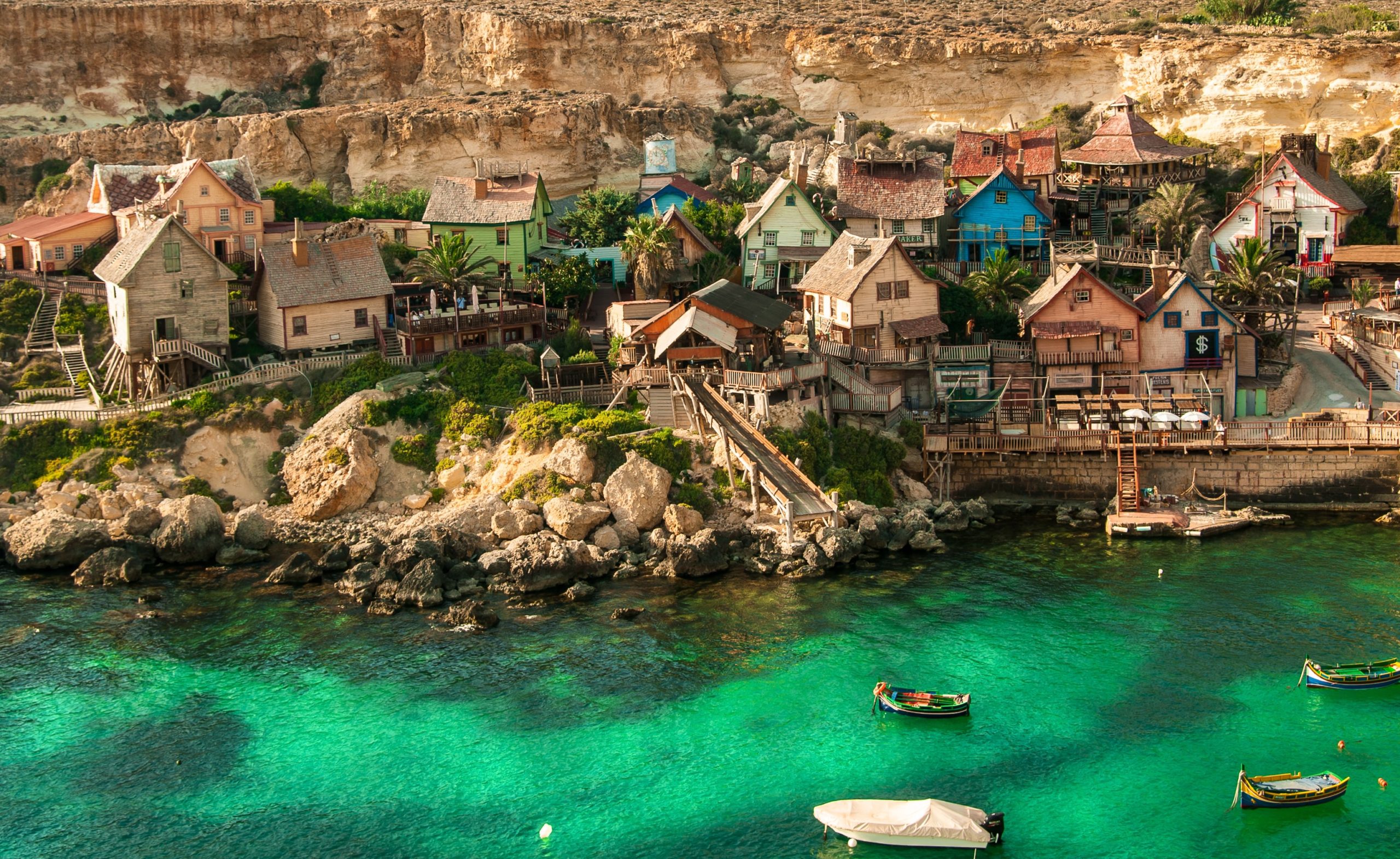
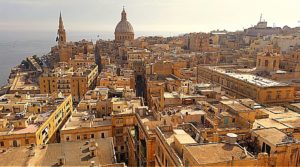
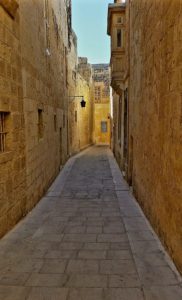
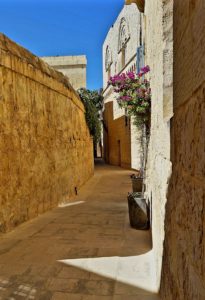


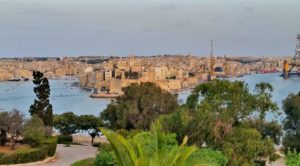
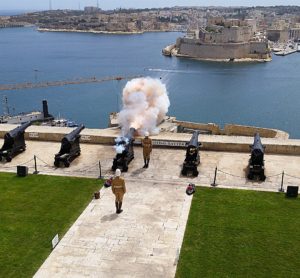


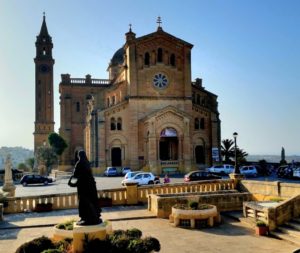






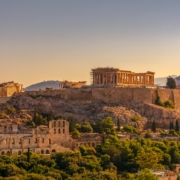
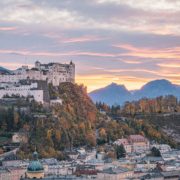




Trackbacks & Pingbacks
… [Trackback]
[…] Here you can find 21617 additional Info to that Topic: blog.tripioapp.com/malta-a-historical-gem-in-the-mediterranean/ […]
… [Trackback]
[…] There you will find 99941 more Information on that Topic: blog.tripioapp.com/malta-a-historical-gem-in-the-mediterranean/ […]
… [Trackback]
[…] Find More Information here to that Topic: blog.tripioapp.com/malta-a-historical-gem-in-the-mediterranean/ […]
… [Trackback]
[…] Info to that Topic: blog.tripioapp.com/malta-a-historical-gem-in-the-mediterranean/ […]
… [Trackback]
[…] Information on that Topic: blog.tripioapp.com/malta-a-historical-gem-in-the-mediterranean/ […]
… [Trackback]
[…] Information to that Topic: blog.tripioapp.com/malta-a-historical-gem-in-the-mediterranean/ […]
Leave a Reply
Want to join the discussion?Feel free to contribute!